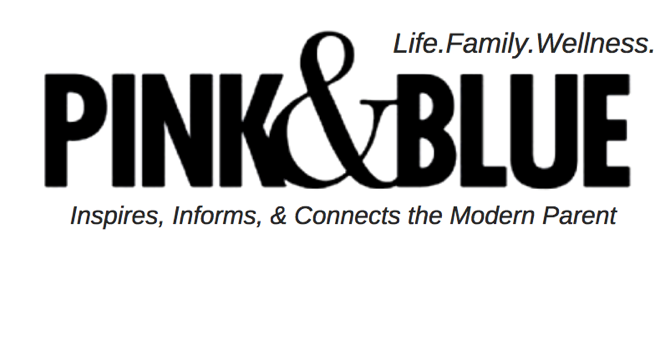A common concern among parents of babies and toddlers is that using sign language will delay or even prevent their little ones from talking. Some people even wonder why one might sign with a baby who is not deaf. Research has shown that there are countless benefits to signing with babies and that there is no cause for such concern. The WeeHands baby sign language courses actually teach babies through music and current language development strategies thereby enhancing overall language development. Babies are visual learners, as are many adults, and they learn best through watching our hands as we add signs while we talk and sing songs. The whole communication experience between parent and baby becomes more interactive overall.
Babies are visual learners, as many of us are. They understand what they ‘see’ before they understand what they ‘hear’. By adding signs to the interaction, it facilitates their understanding of what we are saying.
Through sign language, babies also learn the key concept of ‘cause and effect’, as in “I do something – I get something”. For example, a baby learns “when I open and close my hand to sign ‘milk’” (the cause), “I get to drink really yummy milk” (the effect). This is far better than learning that pointing and grunting, whining, or worse, screaming, elicits the same results.
Lastly, a prerequisite for learning to talk is called “motor imitation”, that is, learning to imitate actions. Before a baby can learn to imitate the complex movements of the tongue, lips, and jaw needed to produce speech, he must learn to imitate simple actions, such as clapping hands and waving bye-bye.
Will crawling delay walking?
Of course not! Babies crawl before they can walk because they are not physically ready to walk, however, they have places to go and crawling is a way to get to those places. This certainly does not mean they will never walk because they already have a way to get around. Once they are ready, they will begin to walk. They may alternate between crawling and walking until they are steady on their feet, at which point they will be off and running because that is a much more efficient way to get around and ‘everybody else is doing it’.
The same goes for signing and talking. Babies can use sign language before they are physically able to talk. Once the motor skills develop in their mouths, they will be chatting away. They may go through an overlap period of both signing and speaking, which can actually be quite helpful when their pronunciation is not yet clear. Additionally, some words are very hard to say, but easy to sign, such as ‘helicopter’. However, once their speech is clear and they realize how much faster it is and that everyone else seems to ‘talk’, they too will talk. If they do not seem to be meeting their speech milestones, further investigation may be worthwhile.
Interestingly, babies have the physical ability to sign earlier than to speak as the motor skills in their hands develop earlier than those in their mouths. Babies can sign as early as six months of age, but generally do not speak until at least one year of age. In other words, they really do have a message to convey to us, but they often have to wait until they are over a year of age before they can do so. How frustrating! By teaching them to sign, we are empowering them with words, whether they are signed words or spoken words, they are words nonetheless. This can reduce frustration for both the baby and the parent as there will be less guessing and more communicating! The bond between the parent and the baby may also be strengthened as he takes comfort in knowing that the parent understands his wants and needs.




